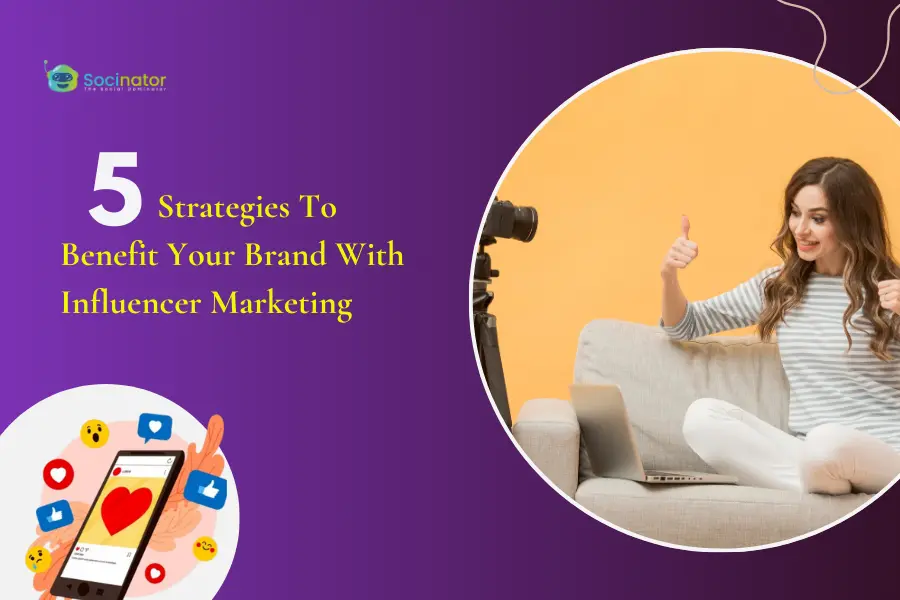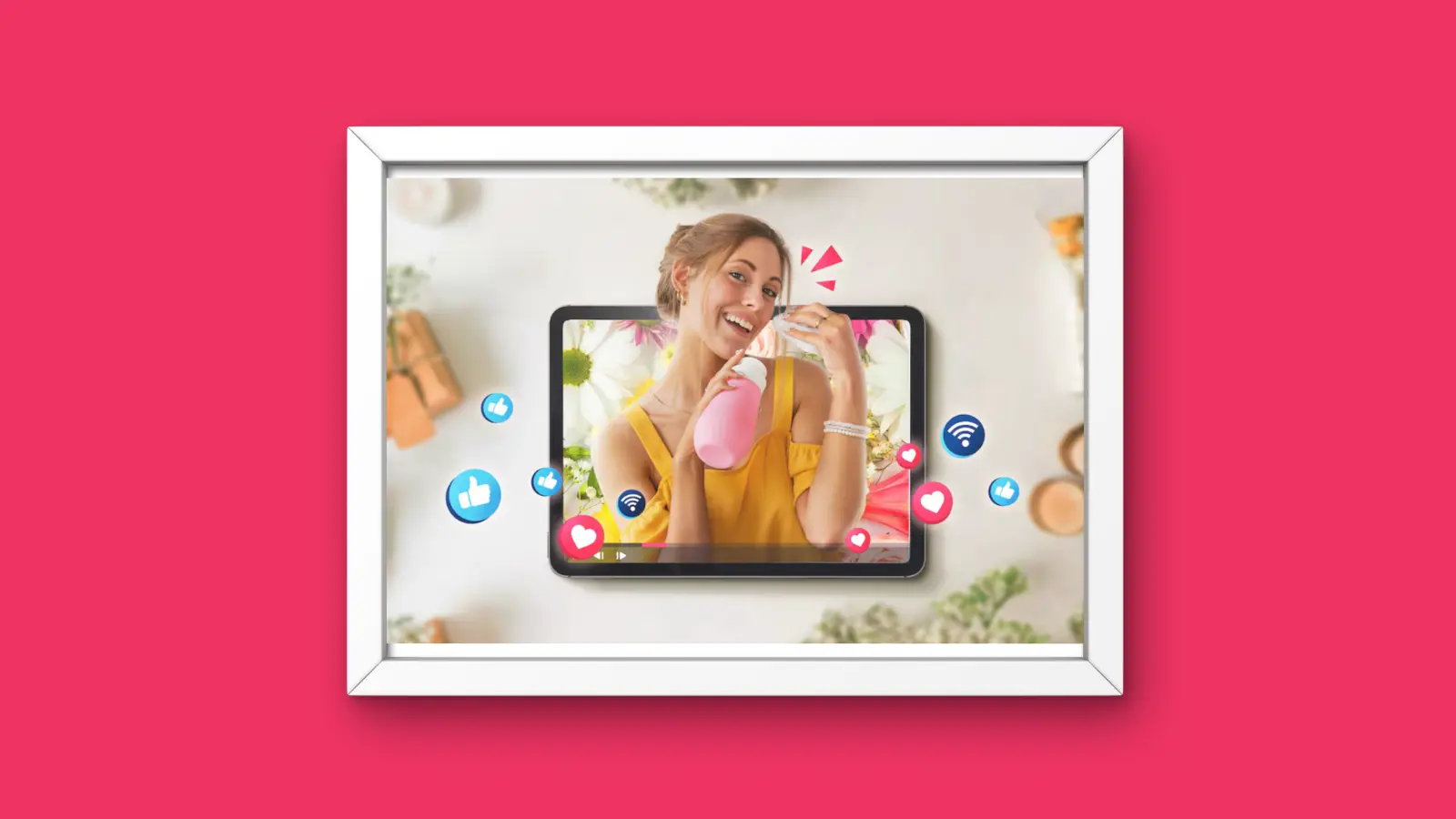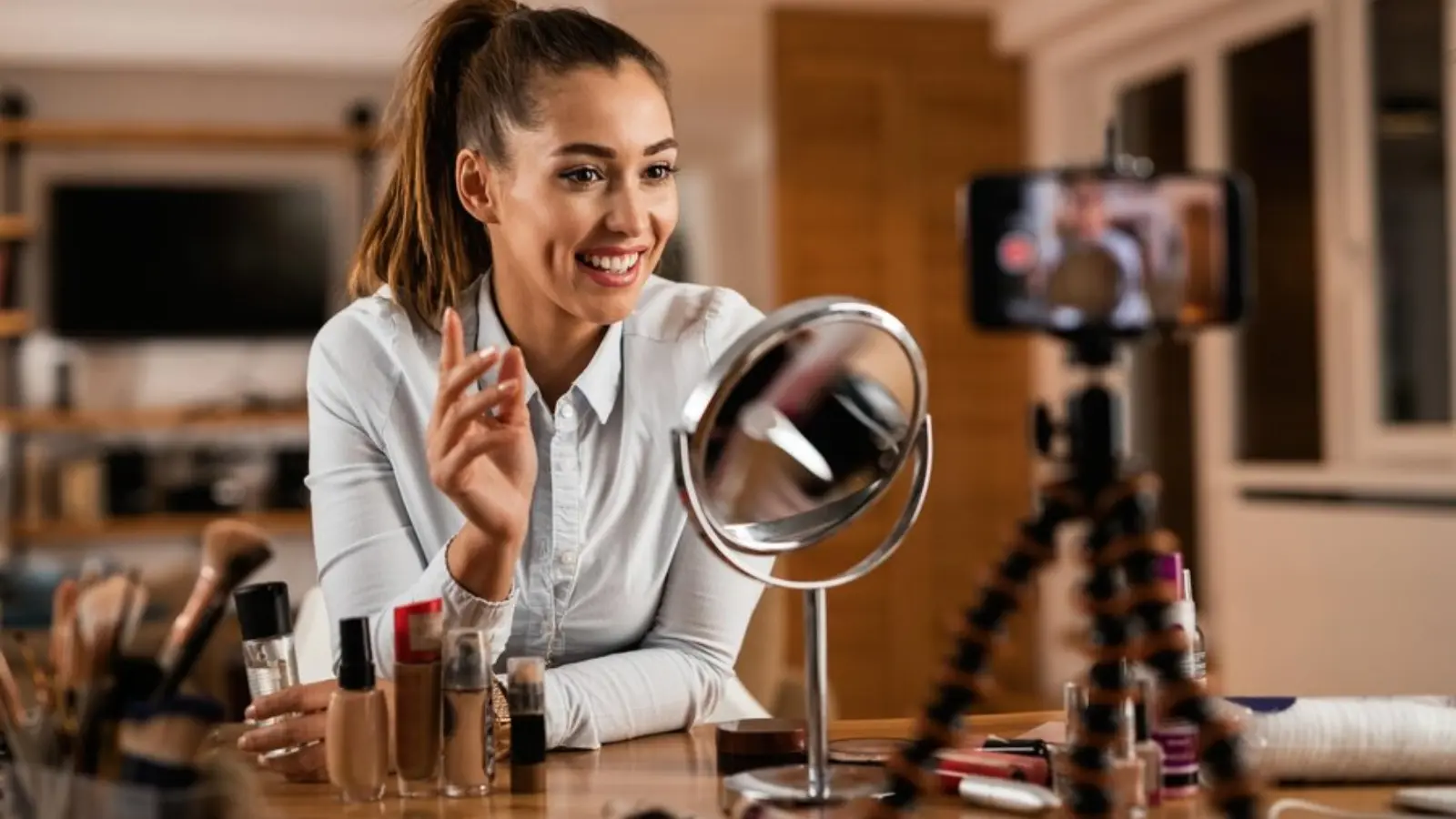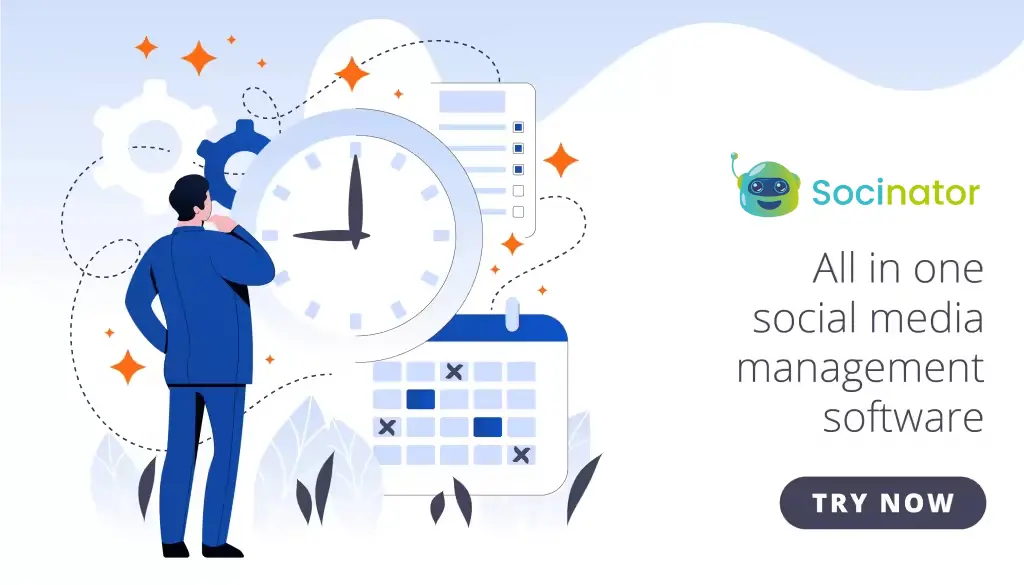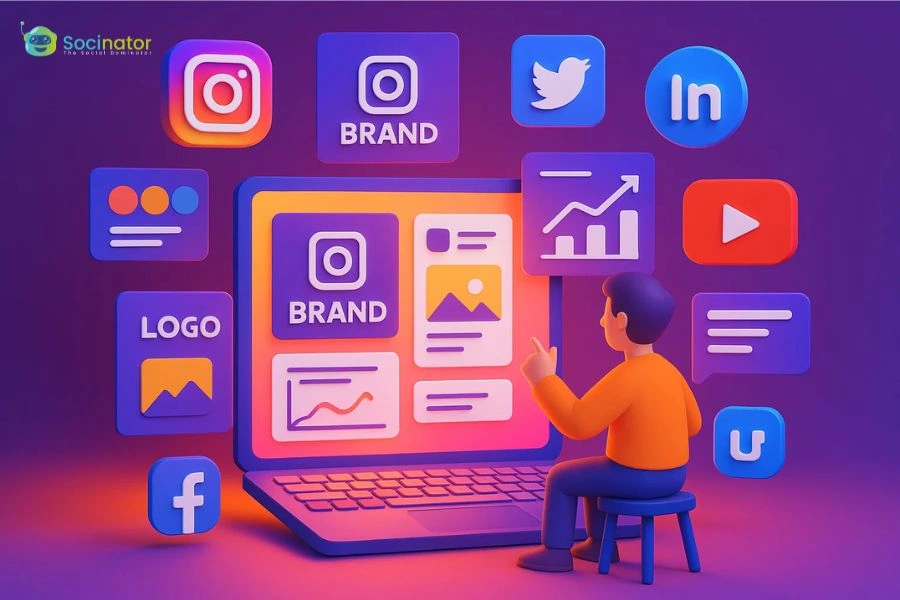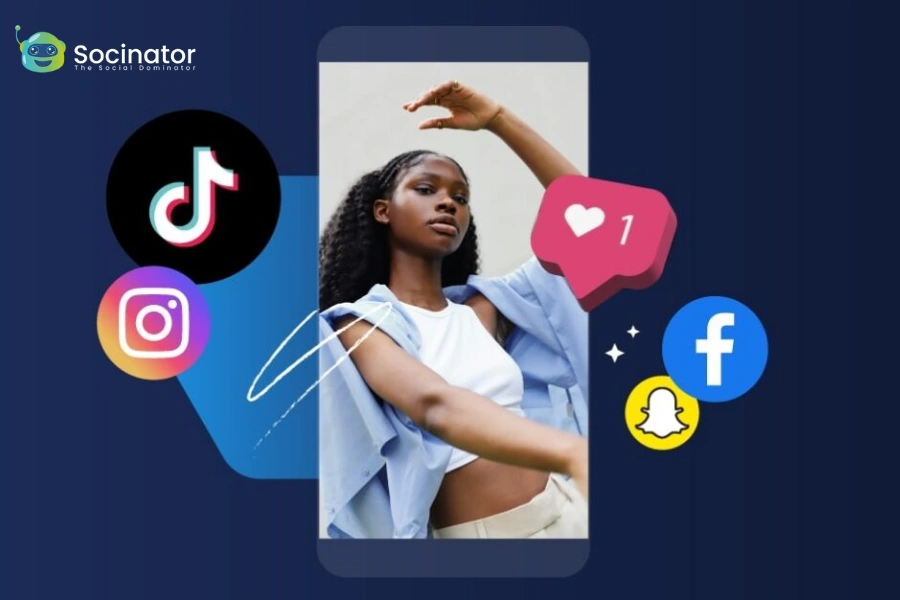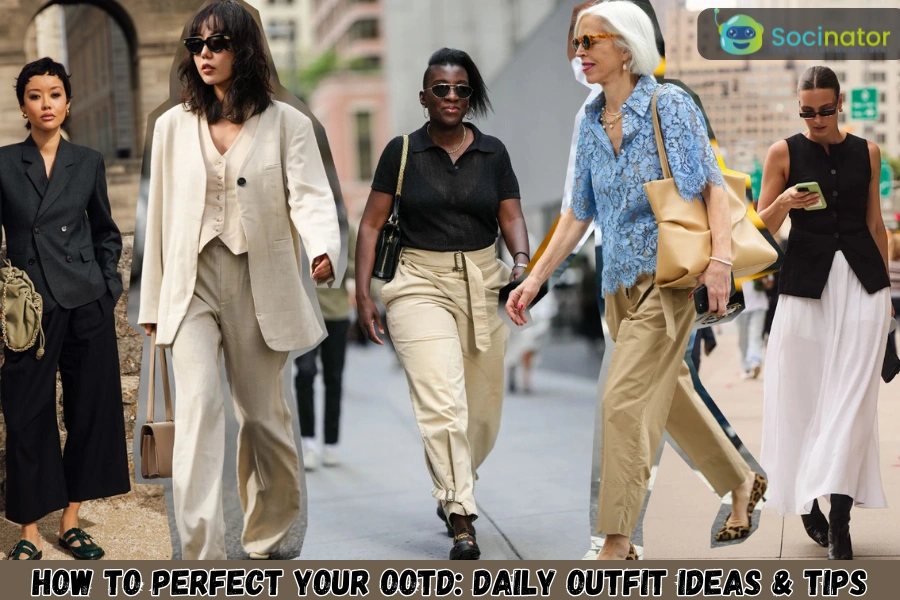A recent study revealed that 25% of consumers believe in the brands that have collaborated with influencers. As it helps in creating a memorable image of the brand on social media. It shows the growing importance of an influencer for brands, as they help build authentic relationships with their audience.
Today, influencers bridge the gap between businesses and consumers, creating trusted, relatable content that drives results. So, here in this guide, we will explore how to find the right influencer for brands, and types of influencers, ensuring your partnership yields meaningful outcomes.
Listen To The Podcast Now!
Why Influencer Marketing Is Effective For Brands
Influencer marketing is effective for brands because it leverages the trust and connection influencers have with their followers. By partnering with influencers, brands can authentically reach a highly targeted audience, increasing the chances of engagement and conversions. Influencers create content that resonates with their followers, making product recommendations feel more personal and relatable, rather than promotional. This approach not only enhances brand visibility but also drives real results, from boosting brand awareness to increasing sales, as consumers tend to trust recommendations from people they follow.
An Influencer for brands can vary widely in scope, from celebrities with millions of followers to niche creators with more compact, dedicated communities. Their influence stems from their expertise, relatability, and the genuine connections they foster with their audience. As a result, brands often collaborate with influencers to amplify their message and reach targeted demographics, leveraging the trust and engagement these individuals have built over time.
We’ve covered why influencer marketing is so effective, but have you ever thought about the difference between an influencer and a content creator? Let’s explore that distinction in the next section!
What’s The Difference Between A Content Creator And An Influencer For Brands
When we think about online personalities, it is easy to confuse content creators with influencers, but they play different roles in social media.
Content creators are the artists and storytellers of the internet. They pour their creativity into crafting original videos, writing engaging blog posts, snapping stunning photos, or creating unique artwork. Their primary goal is to share their knowledge, skills, or passion with the world. They focus on building a community around the content they produce, whether it is a cooking channel, a travel blog, or a photography portfolio.
On the other hand, influencers are those charismatic individuals who have built a solid following on social media. They leverage their popularity to sway their audience’s opinions and decisions, often collaborating with brands to promote products or services. Their strength lies in their ability to connect with people and inspire them to take action—whether trying a new skincare routine or checking out the latest gadget.
In essence, while all influencers create content to engage their followers, not every content creator is in the business of influencing. Content creators focus on their craft, while influencers use their platform to shape trends and drive consumer behavior.
The Impact Of Influencer Marketing On Brand Success
Brands are no longer limited to using traditional marketing methods. Now, influencer for brands have become powerful allies in helping companies break through the digital noise. Whether collaborating with nano-influencers or micro-influencers, brands can reach niche communities and foster genuine engagement. These influencers are experts in creating content that resonates with their followers, making them an essential resource for building trust and visibility.
However, finding the right influencer for brands goes beyond simply choosing someone with a large audience. The key to success lies in finding influencers who align with your brand’s values and can authentically engage their audience.
In the next section, we’ll dive deeper into how to find influencers for your brand that will complement your marketing goals.
How To Find Influencers for Your Brand
The first and most critical step in creating a successful campaign is to find influencers for your brand who genuinely reflect your mission. While follower counts can be tempting to focus on, it is important to dig deeper. Look at engagement rates, content style, and the influencer’s relationship with their audience. Influencer for brands come in many forms, from nano-influencers with smaller yet highly engaged followings to micro-influencers who specialize in niche markets.
To streamline the process, social media marketing software can be a helpful tool to analyze influencer metrics and identify those who best match your target audience. Using such tools, you can find influencers for your brand whose audience demographics align with your brand. But finding the right influencer is just the beginning—next, we will explore how to create brand deals for mutually beneficial influencers.
Structuring Brand Deals For Influencers
Once you have found the right influencer for your brand, the next step is structuring a clear and compelling brand deal. For brands looking for influencers, the goal is to treat these deals as partnerships, not transactions. An Influencer for brands values creative freedom and prefers collaborations that allow them to showcase your products or services to their followers authentically.
Be sure to outline deliverables, compensation, and timelines clearly. Whether working with nano-influencers or micro-influencers, having clear expectations will ensure both the brand and the influencer understand the partnership goals. A well-structured brand deal makes an influencer for brands feel more invested in the outcome, leading to more genuine promotion and better results for both sides.
Next, we will explore why building long-term relationships with influencers is a more clever step than one-time collaborations.
Building Long-Term Relationships with Influencers
 While a one-time collaboration can provide short-term visibility, building a long-term relationship with an influencer for brands delivers lasting benefits. When influencers work with a brand consistently, they become trusted advocates, making their endorsements more authentic to their followers. Brands that collaborate with nano or micro-influencers can gain significant benefits. These influencers typically have highly engaged and loyal communities.
While a one-time collaboration can provide short-term visibility, building a long-term relationship with an influencer for brands delivers lasting benefits. When influencers work with a brand consistently, they become trusted advocates, making their endorsements more authentic to their followers. Brands that collaborate with nano or micro-influencers can gain significant benefits. These influencers typically have highly engaged and loyal communities.
Regular collaborations between influencers and brands not only maintain consistent messaging but also boost engagement and visibility over time.
By fostering long-term partnerships with an influencer for brands, you build trust with both the influencer and their audience. It can lead to better campaign results, increased loyalty, and a higher return on investment.
The following section will explore real-life examples of brands that successfully integrated influencers into their marketing strategy.
Also Read
7 Exciting Influencer Marketing Trends To Watch
5 Impactful Tips To Find The Right Influencers In Your Niche
Case Studies: Brands That Successfully Leverage An Influencer For Brands
Several brands have mastered the art of using influencers to elevate their presence. From fashion to technology, an influencer for brands has transformed how companies connect with their customers.
One example is brands that work with nano influencers. These companies have leveraged compact but highly engaged audiences to run targeted campaigns, often leading to higher engagement rates. Likewise, brands that work with micro influencers have tapped into niche markets, effectively reaching communities that traditional marketing efforts may miss.
By studying these successful campaigns, you can better understand how to build your strategy using an influencer for brands. The following section will detail the steps for launching a successful influencer marketing campaign.
Steps To Launching an Influencer Marketing Campaign
Define Your Objectives
- What to do: Clearly outline the goals you want to achieve with the influencer marketing campaign. Are you trying to increase brand awareness, drive sales, boost engagement, or promote a new product?
- Why it matters: Knowing your specific objectives allows you to create a focused campaign. It also helps you measure success. For example, if your goal is to boost brand awareness, you will measure the campaign’s reach, but if it is sales, you will focus on conversion rates.
- Key takeaway: Precise objectives guide the overall strategy and ensure you target the right outcomes.
Identify and Analyze Potential Influencers
- What to do: Use tools and social media marketing software to analyze various influencers’ profiles and audience metrics. It includes demographics like age, gender, location, and interests. Pay attention to engagement rates (likes, comments, shares) rather than follower counts.
- Why it matters: Your chosen influencers should reach your target audience and reflect your brand’s values. Popularity alone is not enough—an influencer for brands must be authentic and relatable to their followers.
- Key takeaway: The right influencer resonates with your audience and can effectively communicate your brand message.
Launch the Campaign
- What to do: Collaborate with the chosen influencer(s) to create and share content (such as posts, videos, and stories) that aligns with your brand’s voice and campaign goals. Ensure the influencer has a clear understanding of your expectations and messaging.
- Why it matters: The launch is your opportunity to capture attention and create buzz. The influencer content should feel authentic to their followers while reflecting your brand.
- Key takeaway: A well-executed campaign launch can generate excitement, traffic, and engagement in a way that feels organic and relatable to the audience.
Monitor Campaign Performance
- What to do: Track real-time metrics like engagement (likes, shares, comments), reach, and follower growth to assess campaign performance. Utilize social media analytics tools or the insights provided by the influencer to collect valuable data.
- Why it matters: Monitoring enables you to identify what works well and needs adjustment. For example, if a particular type of content drives more engagement, you can encourage the influencer to create more.
- Key takeaway: Constantly reviewing campaign performance helps you stay agile and make timely adjustments to maximize results.
Measure and Optimize Results
- What to do: Once finishing the campaign, analyze the data to measure how well it achieved the original objectives. Metrics might include conversions, ROI, follower growth, website traffic, or customer feedback.
- Why it matters: A comprehensive analysis lets you determine the overall success of the campaign and provides valuable insights for future campaigns. You will also identify any areas for improvement, such as targeting or influencer selection.
- Key takeaway: Post-campaign evaluation ensures you learn from each campaign and continue to improve your influencer marketing strategy over time.
Moreover, you can also integrate automation software to ensure consistent and seamless posting. It not only saves time but also enhances your campaign’s effectiveness. If you are seeking one of the most popular and powerful automation tools available, stick around—we have some fantastic recommendations just for you!
Socinator – Advanced Social Media Automation Tool
Socinator is a powerful social media automation tool built to enhance your online presence and elevate engagement. Designed for efficiency, it helps you manage your social media activities effortlessly, freeing up valuable time for other tasks. Whether you are a marketer, influencer, or business owner, Socinator offers the tools to streamline your workflow and boost your results. Let us discover its full potential by exploring the wide range of features it has to offer.
Activity Statistics & Performance Reports
Access detailed performance reports on your activities, helping you make data-driven decisions to optimize future campaigns and strategies.
Automated Friend Request Management
Effortlessly grow your network with automatic sending, accepting, or canceling of friend requests, all customizable to reach your target audience.
Auto Engagement with Likes & Comments
Enhance organic engagement by automating likes and comments on posts. Stay connected and interact with others without needing to invest hours manually.
Automated Page Likes
Boost your visibility by scheduling automatic likes for relevant pages within your industry, fostering connections that matter for your growth.
Post Scheduling & RSS Automation
Ensure consistency in your posting schedule by automating posts in advance or publishing directly from an RSS feed, freeing up time while staying active.
Automated Post Sharing
Increase your content’s reach by using auto-share functionality to distribute posts, enhancing your visibility and traffic effortlessly.
Automated Life Event Management
Stay on top of important life events or business milestones with automatic reminders and event management features that keep you engaged without losing track of what matters.
Automated Message Replies
Never miss a message again. Keep communication seamless with automated replies, ensuring you stay responsive around the clock while focusing on other priorities.
Conclusion: The Future of Influencer for Brands
An Influencer for brands have become more than just a passing trend; they shape the future of how brands connect with their audience. By finding the right influencers for your brand and building meaningful, long-term relationships, you can create campaigns that drive engagement, build trust, and increase brand visibility.
As the influencer marketing industry exponentially grows, brands must stay agile and keep up with new trends. Whether working with nano influencers or using advanced social media marketing software, creating authentic partnerships will remain at the core of effective marketing strategies. The future of brand success lies in these collaborations, and influencers will continue to be at the forefront of this shift.
FAQs
How do you approach brands as an influencer for brands?
Engage with their recent posts by leaving thoughtful comments, sharing their products or posts on your stories while tagging them, and don’t hesitate to show love in their DMs. A simple, genuine message like, “I love your products! Just wanted to send some appreciation your way!” can go a long way in building a connection and getting noticed.
What makes a great influencer for brands?
It’s someone friendly, engaging, and approachable. The last thing you want is for your social media marketing efforts to suffer because an influencer for brands clashes with their audience. Take a moment to review their profile and observe how they interact with their community—it speaks volumes about their ability to represent your brand effectively.
How do I DM brands for collaboration?
Here is a template you can use to reach out for collaboration:
“Hey [Brand’s Name], I’ve been a fan of your brand for a while and admire your [specific product/service]. I have an exciting collaboration idea that I believe would engage both my followers and your audience. Would love to connect and discuss further!” Feel free to customize these based on your brand and the nature of the collaboration you’re proposing.
How can I request PR from brands?
Begin by introducing yourself to the brand and clearly explaining why you’re reaching out. Highlight how being on their PR list would benefit both you and the brand. It’s important to show how you can add value to their business, so be sure to emphasize what you can offer them!

